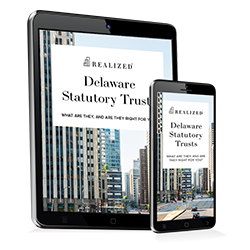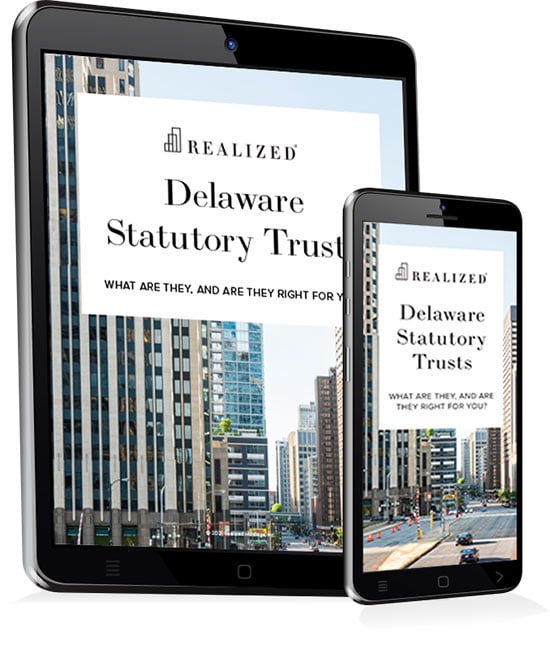
1031 exchanges can be extremely useful tools for investors to use in maximizing their opportunity to reinvest the proceeds of a property sale. 1031 exchange rules require that the replacement property be of an equal to or greater value than the relinquished asset, and the debt levels must also match. It is in regard to the debt levels that the reference to leverage appears. DST leverage refers to a Delaware Statutory Trust keeping a mortgage on the property, assigning investors a share of the debt. It often appeals to exchangers seeking debt replacement for fully tax-deferred exchanges, as it matches their financial requirements.
How does debt replacement matter to a 1031 exchange?
Many experienced investors are familiar with the requirement that the replacement property in a 1031 exchange must have a value equal to or greater than the sales price of the relinquished asset. This stipulation is among the significant rules the IRS has created around the transaction. However, it is also necessary for the investor to replace the debt attached to the original property with the same level for the replacement.
For example, if you own an investment property with a mortgage of $100,000 and a value of $400,000, you must replace both the value and the debt amount. If you sell the property for $400,000 and pay off the $100,000 mortgage using the proceeds, you must still replace it with an investment property with a value of at least $400,000 and a mortgage of at least $100,000. Both the value and the debt are minimums but may be exceeded.
How can a DST help with the debt balance?
One attractive feature of Delaware Statutory Trusts (DSTs) for use in completing a 1031 exchange is that these trusts can alleviate the challenge of finding appropriate replacement properties in a short time. The taxpayer has a limit of 180 days to identify replacement property and complete the acquisition after selling the targeted (relinquished) asset.
By investing in a DST, the taxpayer can choose the amount they want to commit, precisely matching the value of the relinquished asset. DST offerings are pre-packaged and don’t require the investor to identify appropriate properties. DSTs are passive investments, so the investor can relinquish the day-to-day management work needed for direct investment.
Similarly, DSTs typically offer flexibility regarding the amount of debt the investor prefers. Leveraged DSTs have a higher potential return and may provide greater tax protection for income distribution. However, leveraging the packaged properties with debt also increases the potential for foreclosure. It’s helpful to note that DST beneficiaries are not personally liable for losses since the trust properties are the loan collateral.
How does the DST debt affect the DST fees?
DSTs have fees typically bundled into the offering rather than broken out in the prospectus, but that doesn’t mean there are no fees. In fact, there are upfront costs (commissions), operating fees, and more charges at the termination of the DST. Sponsors may also take payments from the income.
In addition to the advantage of matching debt in a 1031 exchange, another plus concerning leveraged DSTs is that the fees are calculated from the equity, not the leveraged portion. That consideration and the potential increased return from a leveraged DST may enhance the potential for higher distributions.
This material is for general information and educational purposes only. Information is based on data gathered from what we believe are reliable sources. It is not guaranteed as to accuracy, does not purport to be complete and is not intended to be used as a primary basis for investment decisions. It should also not be construed as advice meeting the particular investment needs of any investor.
Realized does not provide tax or legal advice. This material is not a substitute for seeking the advice of a qualified professional for your individual situation.
Costs associated with a 1031 transaction may impact investor's returns and may outweigh the tax benefits. An unfavorable tax ruling may cancel deferral of capital gains and result in immediate tax liabilities.
No public market currently exists, and one may never exist. DST programs are speculative and suitable only for Accredited Investors who do not anticipate a need for liquidity or can afford to lose their entire investment.



